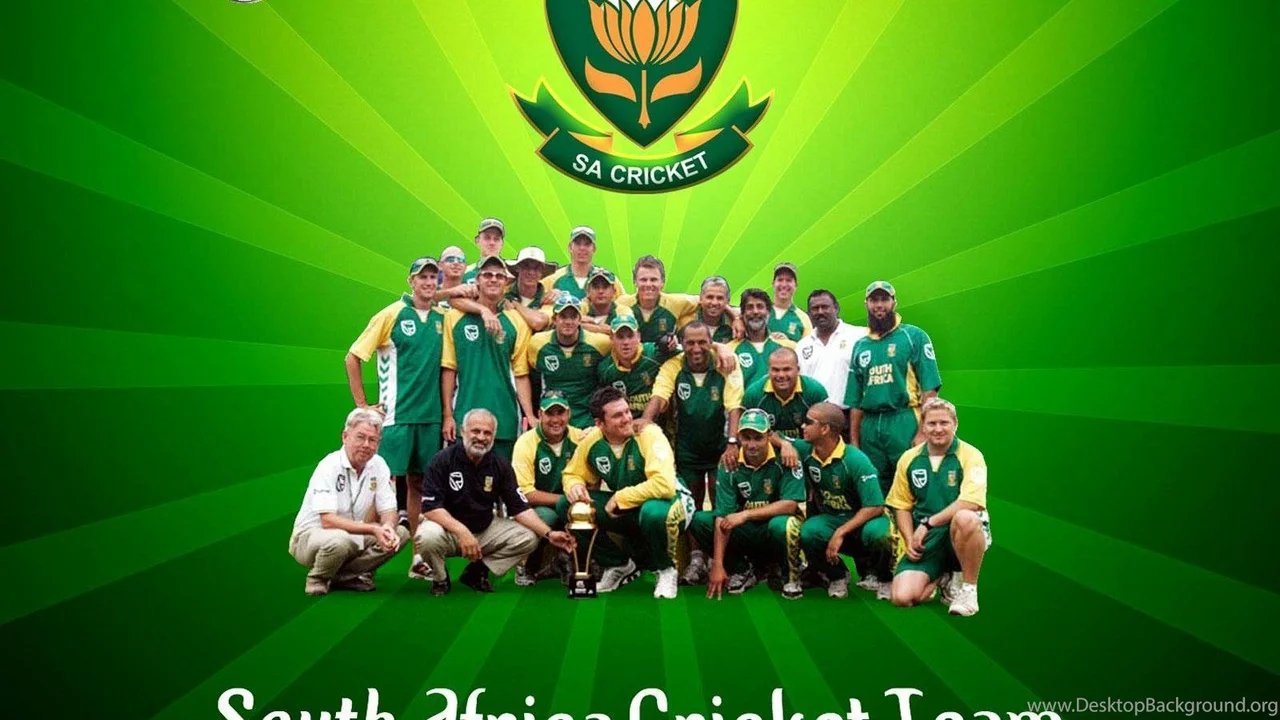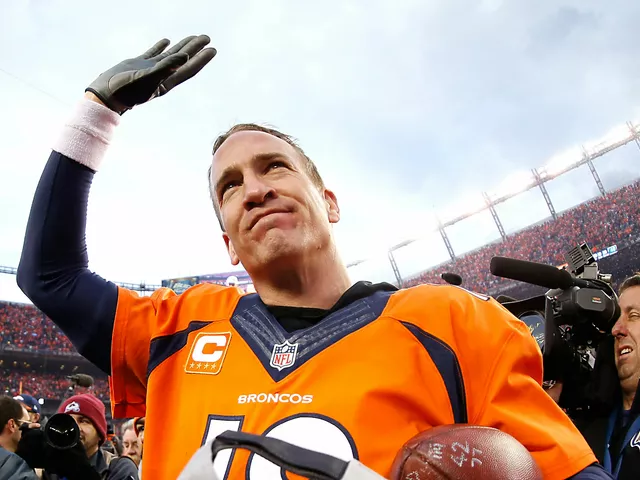Popularity: Why Some Stories Capture the Crowd
When talking about popularity, the degree to which a topic, person, or event draws attention and enthusiasm from the public. Also known as public appeal, it often hinges on trends, recurring patterns of interest that spread across audiences over time and the level of fan engagement, how people interact with, share, and discuss the subject. Media coverage, the reporting and amplification by news outlets, social platforms, and influencers fuels both trends and fan engagement, creating a feedback loop where interest grows faster than the original story.
How Trends, Fans, and Media Shape What Becomes Popular
Think about the frenzy when John Lithgow was revealed as Dumbledore in HBO’s upcoming Potter series. The cast announcement sparked a spike in search queries, social media chatter, and meme creation. That surge illustrates the triple connection: a high‑profile trend (a new casting decision) sparked intense fan engagement (fans debating the choice, sharing clips), and massive media coverage (entertainment news sites ran stories). In semantic terms, popularity encompasses trend plus media coverage, while fan engagement amplifies the effect.
Sports offer another clear picture. Liam Gallagher teasing a 2026 Oasis tour at Wembley ignited speculation across music forums and football‑stadium chatter alike. The underlying trend—anticipation of a legacy act returning—combined with fans screaming “yes!” on Twitter, while outlets like the BBC and Rolling Stone amplified the buzz. Here, the pattern shows that popularity requires trend momentum, media coverage reach, and active fan engagement to turn a tease into a headline.
Even seemingly unrelated events, like the Bangkok sinkhole swallowing cars, become popular because they fit a universal trend: awe‑inspiring disasters. The story hit global news wires, prompting thousands of shares and discussions about urban safety. The event’s novelty (a massive crater) fed the trend, while citizens’ reactions (concern, curiosity) drove fan engagement, and the relentless reporting by local and international media cemented its place in the public’s mind.
Record‑setting feats also ride this three‑way train. Doogie Sandtiger’s Crocs collection vaulted him into the Guinness books, creating a quirky trend about sneaker culture. Fans posted pictures, started hashtags, and even organized meet‑ups. Media outlets highlighted the human‑interest angle, framing it as “fashion meets philanthropy.” The result? A niche hobby transformed into a pop‑culture moment, underscoring that any story can achieve popularity when trend, fan engagement, and media coverage align.
Contrast that with topics where one piece is missing. A debate on whether a single game should decide a championship raises solid arguments, yet it rarely hits mainstream headlines because it lacks a broader trend or celebrity hook. Without strong fan engagement or media amplification, the discussion stays confined to niche forums. This illustrates the semantic rule: popularity depends on the synergy of trends, fan engagement, and media coverage.
From football season length debates to questions about the invention of sports, the same pattern emerges. Readers gravitate toward stories that answer a burning question, tie into a larger cultural conversation, and are presented by trusted outlets. When all three elements click, the story spreads like wildfire; when one is missing, it fizzles out.
Below you’ll find a mix of articles that illustrate these dynamics in action. Whether it’s a celebrity casting reveal, a record‑breaking hobby, or a city‑wide disaster, each piece shows how trends, fan interaction, and media reporting work together to make something popular. Dive in to see the range of topics that have captured public attention and discover the mechanics behind why some stories rise to the top while others stay hidden.



